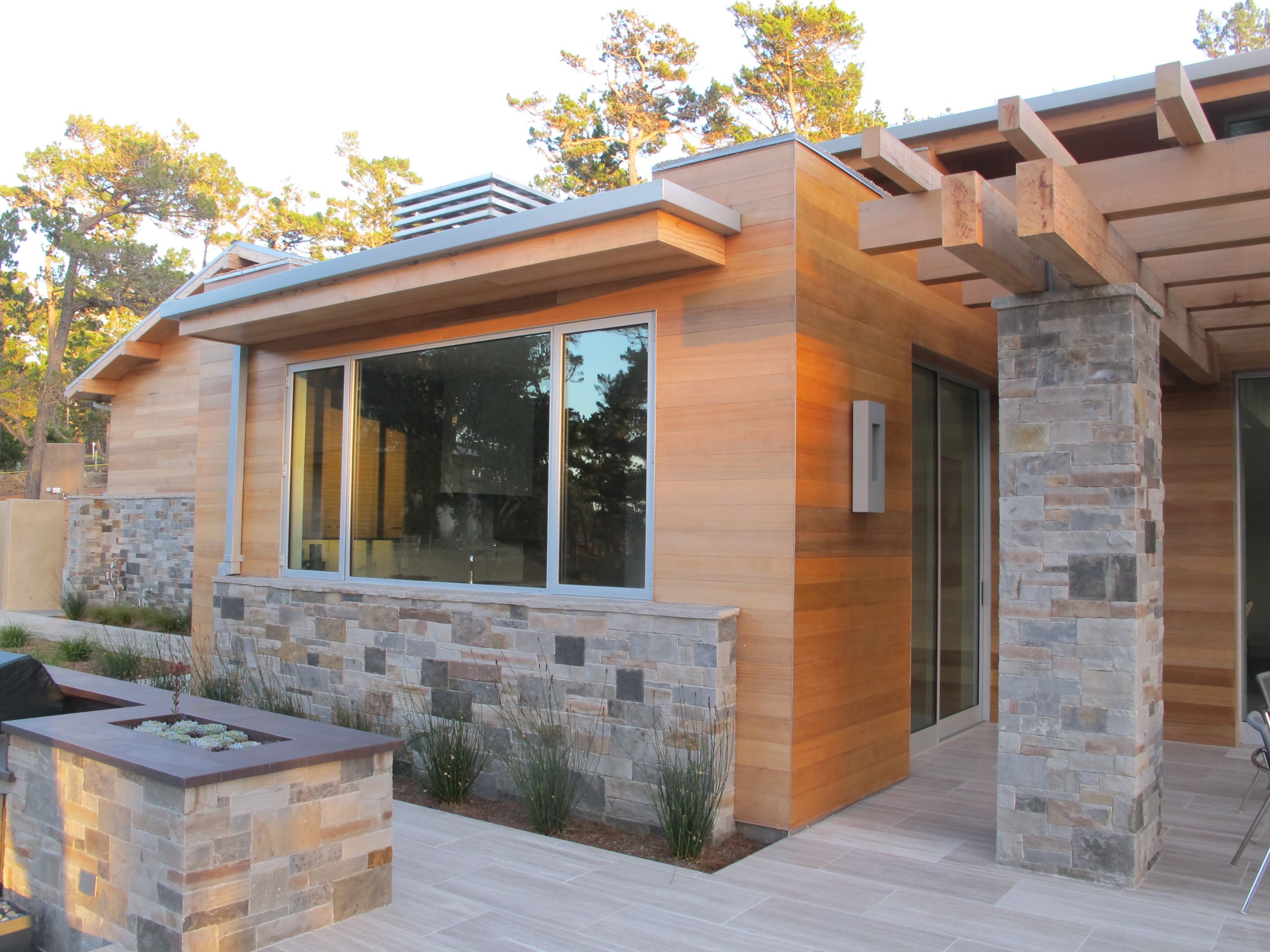Difference Between Red And White Cedar Siding

White cedar is one of the weakest lightest weight woods in the usa.
Difference between red and white cedar siding. Class 1 western red cedar shingles have no imperfections were class 2 does have some imperfections. As such the wood tends to be knottier and general quality of the stuff is lesser than western red. I can get e. But so is the price.
Red shingles on the other hand appear rich and classic in their natural state. When it comes to western red cedar shingles they are classified by class 1 or class 2. Cedar siding is a natural wood siding made from either red or white cedar both native trees in the united states. Eastern white cedar is a much smaller tree and branchier.
Cedar siding often takes the form of horizontal lap panels shingles or shakes. Specific gravity sg is 0 31 versus 0 47 for red. Northern white cedar thuja occidentalis is an excellent wood and has been used for lumber especially in maine. A fence is a considerable investment and it should last as long as possible.
Cedar is particularly suitable for staining and has the highest rot resistance of all softwoods your local wood siding solutions provider. White cedar 5 4 decking at about 60 of what i d have to pay for w. White cedar fences typically last longer than red cedar fences do often as much as 10 years longer. Once b grade eastern white cedar shingles are installed it is hard to tell the difference between a and b grades.
Although white cedar shingles have natural weather and rot resistant properties they have lower durability than red cedar shingles. Gene wengert technical advisor. Western red and eastern white are most often used. However white cedar s oils are stronger.
That s a significant difference. This necessitates more maintenance work than red cedar roofs. Strength is 45 000 psi versus 61 000. Left unpainted or unfinished white shingles come to take on a pretty silver gray color.
Both red and white cedar are used for siding materials but there are differences between the two species. This is because they have a brittle fibrous quality which makes them more likely to split or crack especially during installation. There are a wide range in quality levels and maintenance requirements in wood siding. It is a popular wood for home building because it is among the more durable natural woods.
This is the most popular siding choice.














































